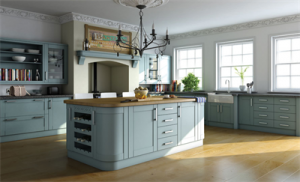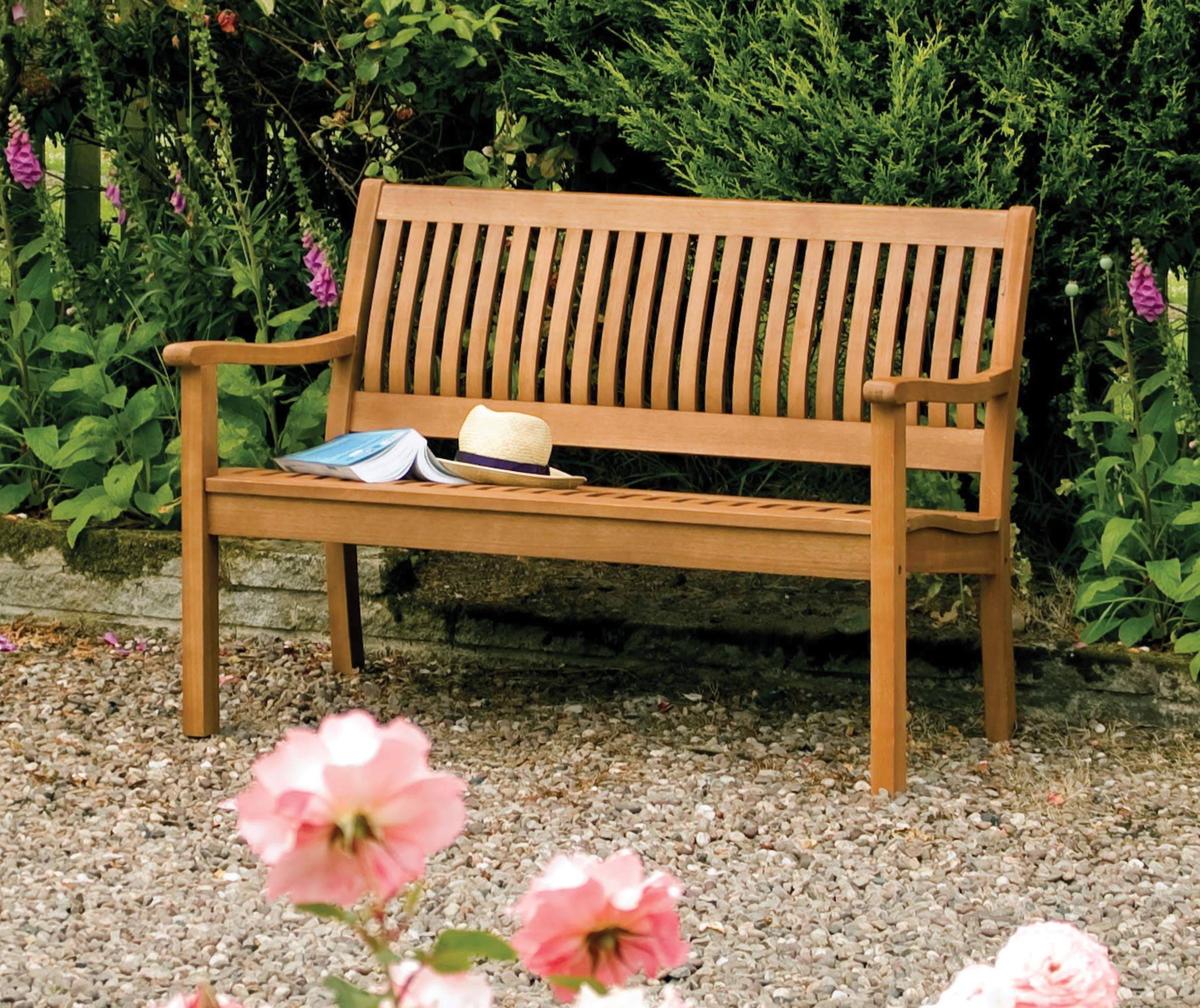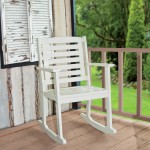 Buying a property is a huge investment, not only financially but also emotionally and time-wise. Whether youÔÇÖre first-time buyers, experienced owners taking on a renovation project or downsizing after your family has flown the nest, here are some essential house-buying tips to consider before putting in that offer:
Buying a property is a huge investment, not only financially but also emotionally and time-wise. Whether youÔÇÖre first-time buyers, experienced owners taking on a renovation project or downsizing after your family has flown the nest, here are some essential house-buying tips to consider before putting in that offer:
1. Visit the property at different times of the day and, if possible, in various types of weather. Take a compass (many smartphones have one) to find out which way the property faces and see where the light falls at different times. South-facing gardens and rooms will be light and sunny whilst those facing north tend to be dark and gloomy, so you might feel cold even on a warm day and certain plants wonÔÇÖt thrive.
2. Get a survey carried out. These vary from condition reports and homebuyerÔÇÖs reports to a building survey, and the one you need depends on the age and condition of the property. Prices for each type vary depending on the surveyor you use, so get quotes rather than just going with the estate agentÔÇÖs recommendation. Look out for ÔÇÿcould not accessÔÇÖ notes in structural surveys and ask why a particular spot couldnÔÇÖt be accessed ÔÇô a problem might still be lurking!
 3. Make your own thorough inspection of the house. Whilst a full survey will pick up the big things, you should also be making a list of small to medium-sized DIY projects. Look in cupboards to see what condition they are in and tap the walls; if they sound hollow, they are partition or plasterboard walls and more easily removed than solid walls. Turn on the taps to test to water pressure and even switch on the shower ÔÇô if itÔÇÖs dribbly you might want to factor in the cost of a new one!
3. Make your own thorough inspection of the house. Whilst a full survey will pick up the big things, you should also be making a list of small to medium-sized DIY projects. Look in cupboards to see what condition they are in and tap the walls; if they sound hollow, they are partition or plasterboard walls and more easily removed than solid walls. Turn on the taps to test to water pressure and even switch on the shower ÔÇô if itÔÇÖs dribbly you might want to factor in the cost of a new one!
4. Factor repairs and DIY jobs into your budget. Get at least three quotes for any building work before putting in an offer, asking for exact costings rather than estimates, as this could increase your bargaining power with the vendor. Make a list of the DIY tasks you can tackle yourself and visit a hardware store or look online to tot up the cost of materials, paint and tools.
5. Find out if the property is in a conservation area or, if itÔÇÖs old, is a listed building. If so, there might be restrictions on the renovations you can carry out ÔÇô even down to the sockets and switches┬áyou install ÔÇô and you might have to say goodbye to that dream kitchen extension.
6. Kitchens sell houses, so make sure the new one works for you. Kitchen cabinets are easy to replace but the layout might be harder to change, depending on the size of the kitchen and the positioning of the plumbing and plug points.
 7. Inspect the condition of the windows and frames. Check for condensation between double glazing, rotten wooden frames and cracking paint. If the windows are small and the rooms gloomy, would you have the space and budget to install larger or French windows?
7. Inspect the condition of the windows and frames. Check for condensation between double glazing, rotten wooden frames and cracking paint. If the windows are small and the rooms gloomy, would you have the space and budget to install larger or French windows?
8. Look for signs of damp, including mould, flaking plaster and watermarks on walls or ceilings. If you suspect damp, invest in a homebuyerÔÇÖs survey to find out how extensive it is and work out how much it would cost to put it right.
9. Check the condition of the wiring and the fusebox. If they have been well maintained, thereÔÇÖs a good chance the owners will have taken care of the rest of the house too. Make a note of how many sockets are in each room and the condition they are in, as you might need to replace them or fit more.
10. If you fall in love with a house itÔÇÖs hard to be objective, so take a trusted friend along to the second viewing to point out potential pitfalls. But donÔÇÖt take too many people as their differing opinions could confuse!
11. DonÔÇÖt buy a house without looking around the garden, even if itÔÇÖs pouring with rain! The garden might feel smaller and more overlooked by other properties once youÔÇÖre standing in it than it appears to be from an upstairs window! ItÔÇÖs also an opportunity to check out any noise that, again, might not be heard from indoors but might put paid to relaxing on the patio!
 12. DonÔÇÖt forget to pop your head into the loft, especially if youÔÇÖre not getting a comprehensive buildings survey. If you canÔÇÖt access it on the first viewing, check ahead of a second visit that access will be made available ÔÇô if it isnÔÇÖt, ask questions. And once a sale has been made, get in writing an agreement that the attic will be totally cleared before the completion date; more than one new homeowner has found they have to dispose of other peopleÔÇÖs belongings before they can store their own!
12. DonÔÇÖt forget to pop your head into the loft, especially if youÔÇÖre not getting a comprehensive buildings survey. If you canÔÇÖt access it on the first viewing, check ahead of a second visit that access will be made available ÔÇô if it isnÔÇÖt, ask questions. And once a sale has been made, get in writing an agreement that the attic will be totally cleared before the completion date; more than one new homeowner has found they have to dispose of other peopleÔÇÖs belongings before they can store their own!

 This weekend, chances are youÔÇÖll either be jetting off for some late summer sunshine, sewing nametags into school uniforms or indulging in a spot of DIY. The three-day August bank holiday is the perfect chance to carry out a big project or several odd jobs ÔÇô but, unfortunately, this favourite hobby can all too often end in tears!
This weekend, chances are youÔÇÖll either be jetting off for some late summer sunshine, sewing nametags into school uniforms or indulging in a spot of DIY. The three-day August bank holiday is the perfect chance to carry out a big project or several odd jobs ÔÇô but, unfortunately, this favourite hobby can all too often end in tears! Quality counts
Quality counts
